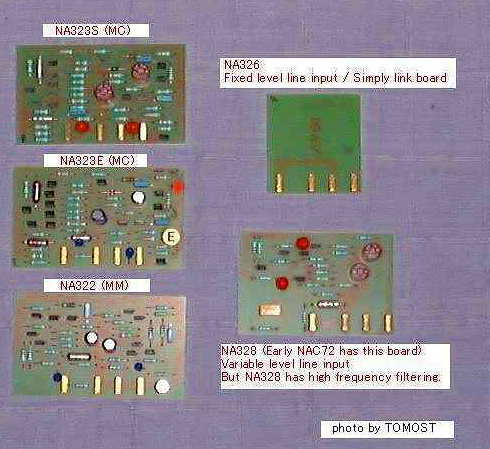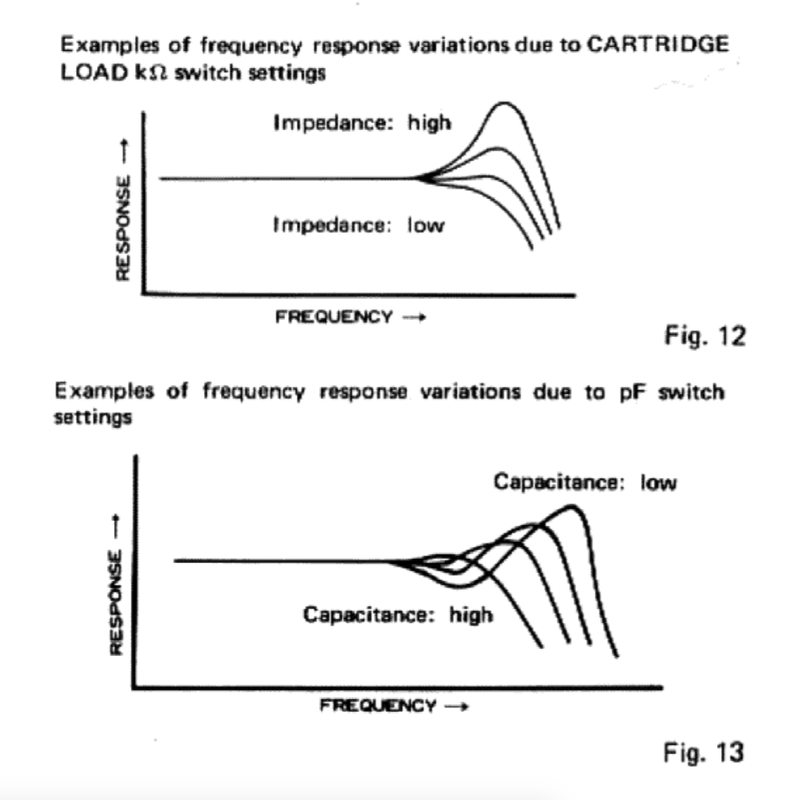I have a Naim NAC62 with NA322/3 MM phono boards and have come to the conclusion that the standard cartridge loading of 470pF is the cause of a long standing bright sound from my LP12 /Ittok / Goldring 2200 cart. The loading for the G2200 should be 100 - 200 pF. The arm is correctly set up.
Everything has been recently serviced and I'm super pleased with the sound of the system as a whole otherwise.
I had a brief email exchange with Les at Avondale about possible replacement cards. He said just change C3.
(They don't make 322 replacements). Didn't want to pester him further so thought I'd ask here.
Problem is I don't know what type or make C3 is. Have done a search of PFM but couldn't find the answer.
If I've identified it correctly it looks like maybe a polystyrene?
Can anyone here enlighten me.
Thanks
Gordon
Everything has been recently serviced and I'm super pleased with the sound of the system as a whole otherwise.
I had a brief email exchange with Les at Avondale about possible replacement cards. He said just change C3.
(They don't make 322 replacements). Didn't want to pester him further so thought I'd ask here.
Problem is I don't know what type or make C3 is. Have done a search of PFM but couldn't find the answer.
If I've identified it correctly it looks like maybe a polystyrene?
Can anyone here enlighten me.
Thanks
Gordon



